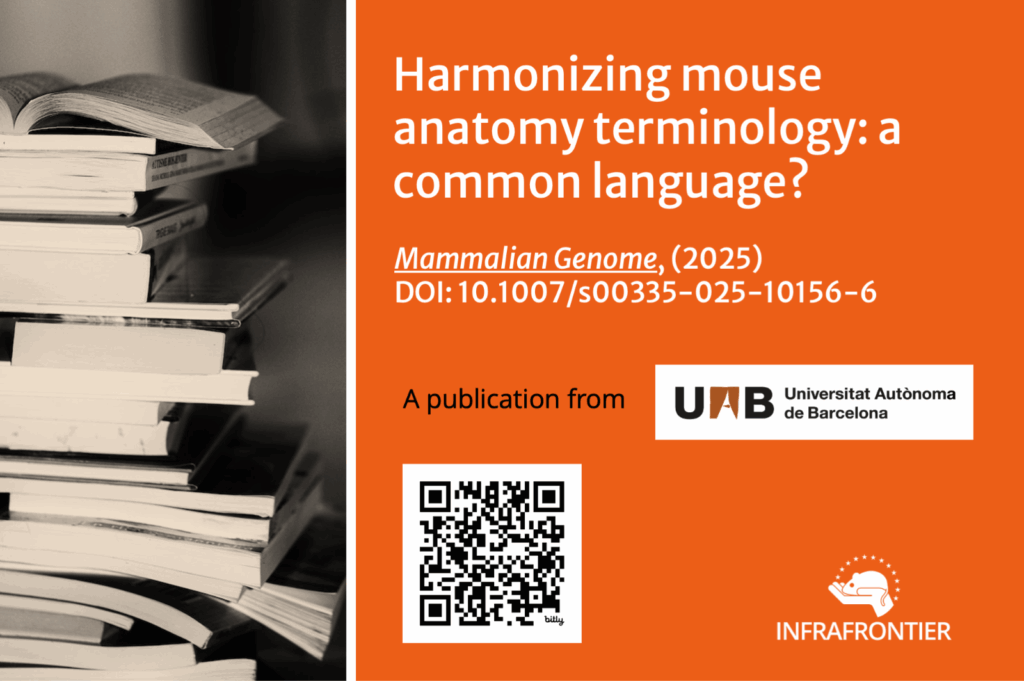Harmonising Mouse Anatomy Terminology: a Common Language?
The mouse remains the principal animal model for investigating human diseases due to, among other reasons, its anatomical similarities to humans. Despite its widespread use, the assumption that mouse anatomy is a fully established field with standardised and universally accepted terminology is misleading. Many phenotypic anatomical annotations do not refer to the authority or origin of the terminology used, while others inappropriately adopt outdated or human-centric nomenclature. This inconsistency is further exacerbated by the limited availability of comprehensive anatomical references, often compelling researchers to rely on “do-it-yourself” anatomical interpretations when characterising disease models – an approach that increases the risk of inaccuracies in the absence of expert anatomical guidance.
To address this critical gap, we propose the formation of expert working groups comprising comparative anatomists and disease model developers. These groups would be responsible for systematically reviewing the anatomical literature of each mouse organ system and producing consensus-based terminologies aligned with the Nomina Anatomica Veterinaria (NAV), the authoritative standard for quadrupedal species. Such harmonisation efforts would not only improve the consistency and reliability of anatomical descriptions in mouse models but also enhance the integration and interoperability of anatomical data across biomedical ontologies and databases, facilitating more robust data mining and translational research.
Original publication:
Ruberte J, Schofield PN, Sundberg JP et al. Harmonizing mouse anatomy terminology: a common language? Mammalian Genome (2025). DOI: 10.1007/s00335-025-10156-6.
